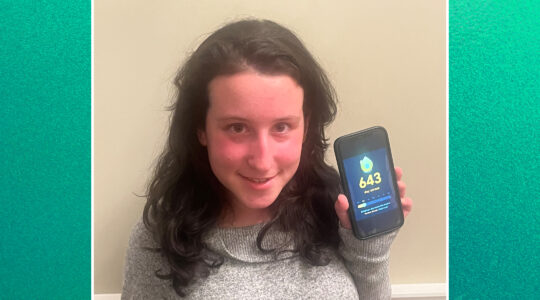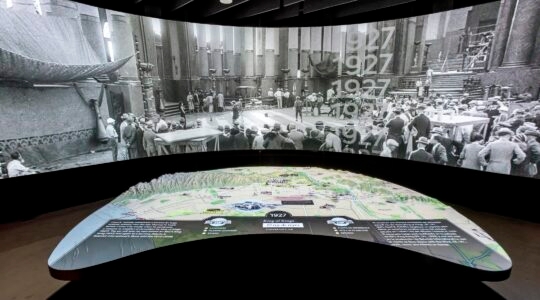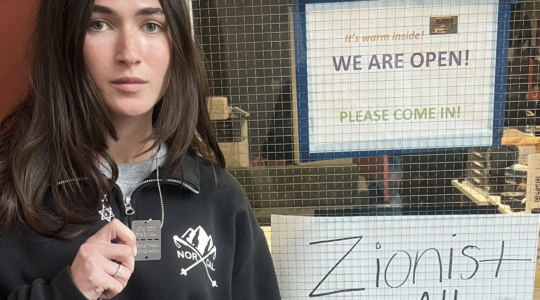During World War II, Jews were rounded up by Nazis and put into concentration camps and death camps. Another type of racial profiling occurred during wartime in the United States –following the attack on Pearl Harbor, over 110,000 Japanese Americans and Japanese citizens living in the U.S. were placed into forced internment camps.
A gallery of full-color photographs, recently discovered and published by the New York Times, depicts everyday life in the internment camps. The images are haunting: In one, a young boy hangs on a fence, innumerable rows of barracks in the distance. Another depicts a crowd of about 4,000 people as they gather at a local high school, getting ready to be sent off “after the government deemed them ‘disloyal,'” as the Times puts it. Unlike in the Nazi concentration camps, there were lighter moments; the images from the Japanese internment camps include sumo wrestling matches, and kids playing with toys.
One unexpected result of the camps, notes Jennifer 8. Lee, was the proliferation of fortune cookies. Before WWII, the American fortune-cookie industry was controlled by two Japanese-American factories in San Francisco. However, with the entire Japanese-American population of the West interned in camps, some enterprising Chinese families took over production–thus revolutionizing Chinese food (and, by proxy, Jewish observances of Christmas) forever.
JTA has documented Jewish history in real-time for over a century. Keep our journalism strong by joining us in supporting independent, award-winning reporting.





